-
What does liminal mean?

Liminal is all about the concepts of transition and shifting ambiguities, categorised by disorientation and a loss of belonging. Who knows, you might be in a liminal space right now.
-
The Symbolism of Crossroads
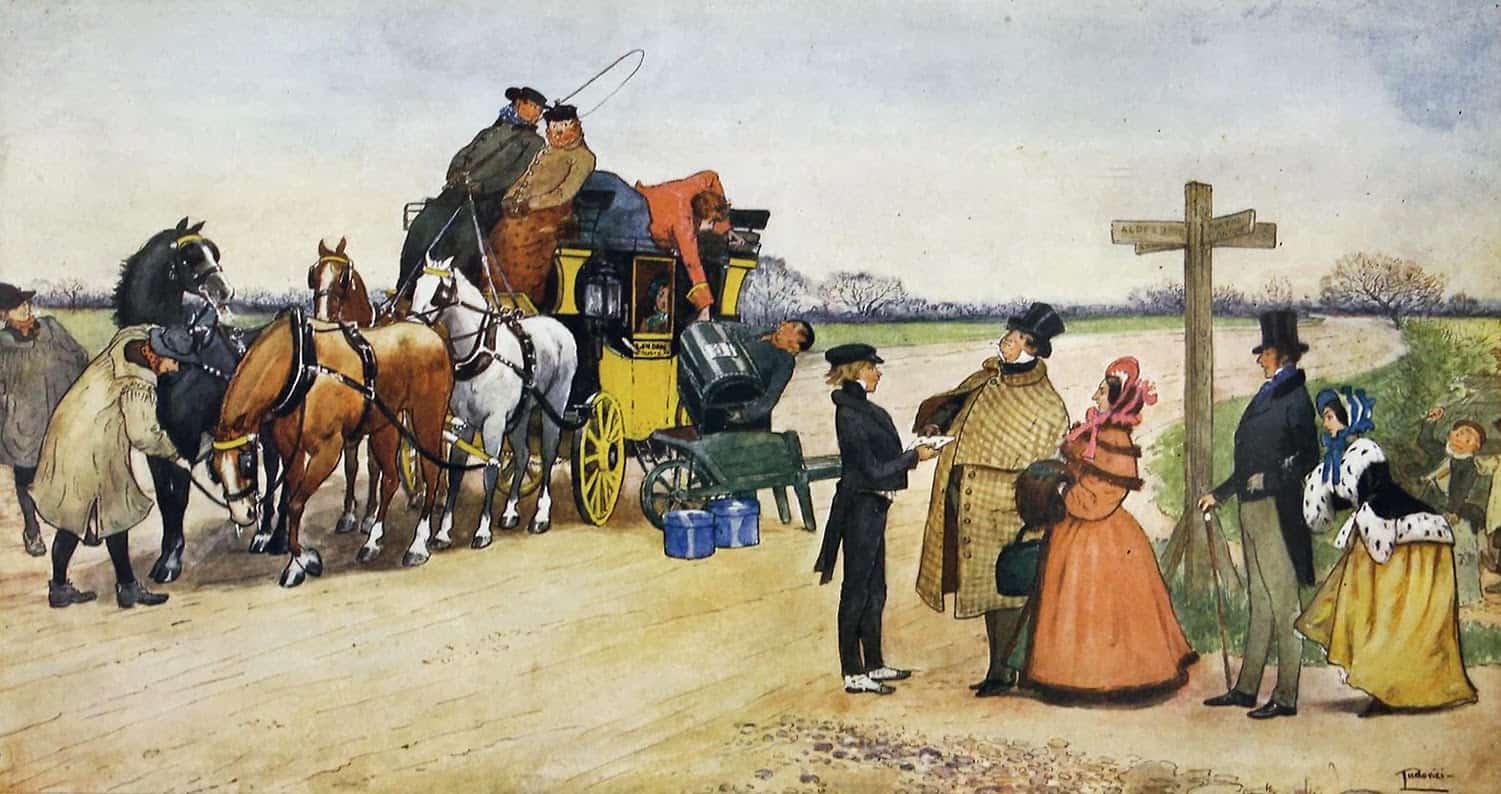
Crossroads in storytelling often indicated the place/time of decision. A anagnorisis occurs after the decision has been made. Character arc or penance follows. The ur-crossroads story features a character with special skills, who has supposedly traded his soul with the devil. One such story, attached to an actual person, is the story of Robert Johnson, who was so good […]
-
How Pearl Button Was Kidnapped by Katherine Mansfield Short Story Analysis
“How Pearl Button Was Kidnapped” is a modernist short story by Katherine Mansfield, published 1912. At its heart, “Pearl Button” is a story about a clash of two cultures seen through a child’s eyes. This story plays out as a duality of restriction and freedom. The European settlers are restricted while the Māori people enjoy […]
-
Burlesque In Storytelling
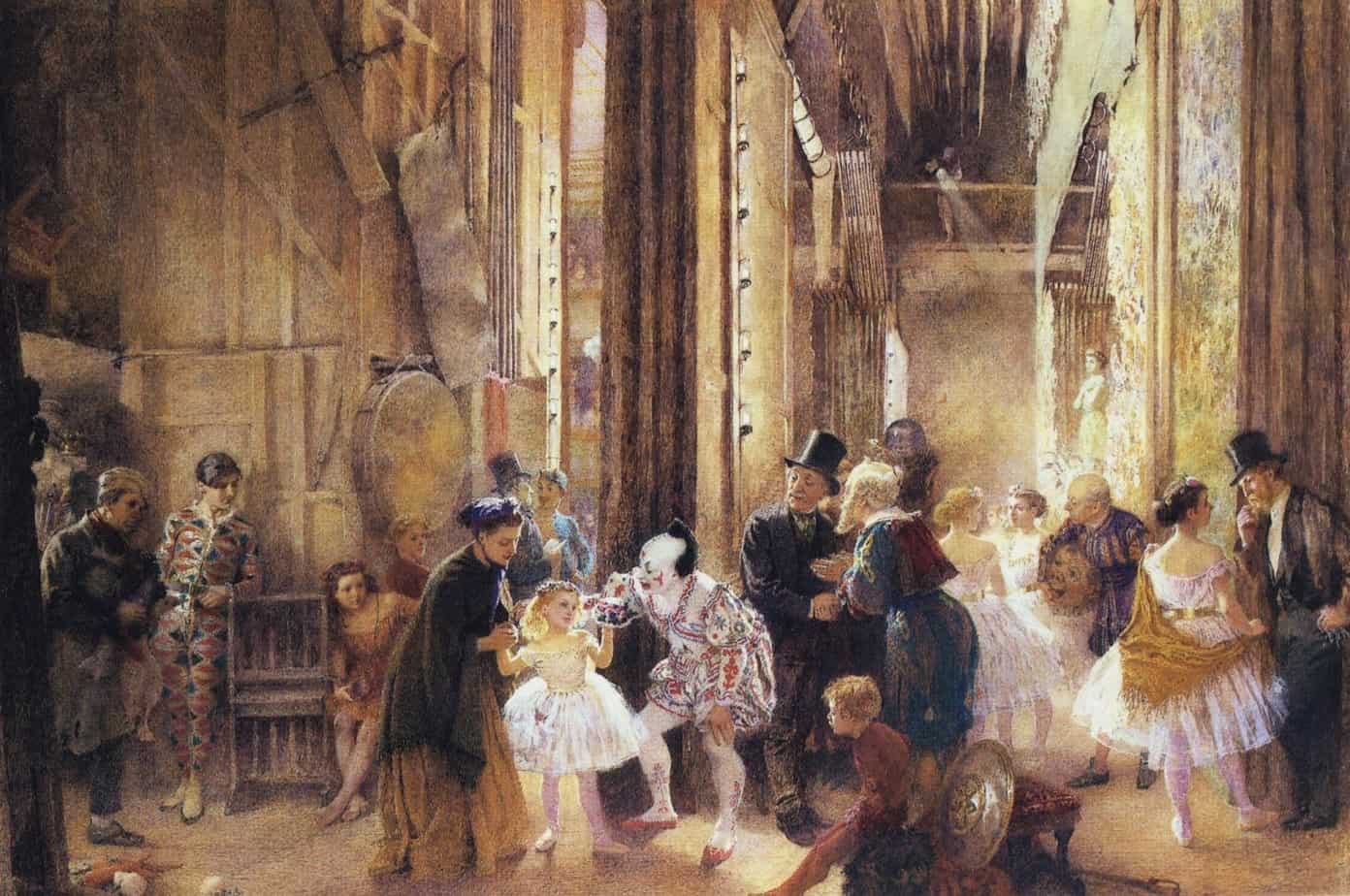
Burlesque is a type of entertainment that caricatures serious works. It is an extreme form of parody. Burlesque can be used as a verb i.e. to burlesque something. You might accidentally burlesque yourself by buying expensive tennis gear then turning up with no idea how to play, for instance. Comedy derives from the contrast and […]
-
A Dictionary of Witch Words
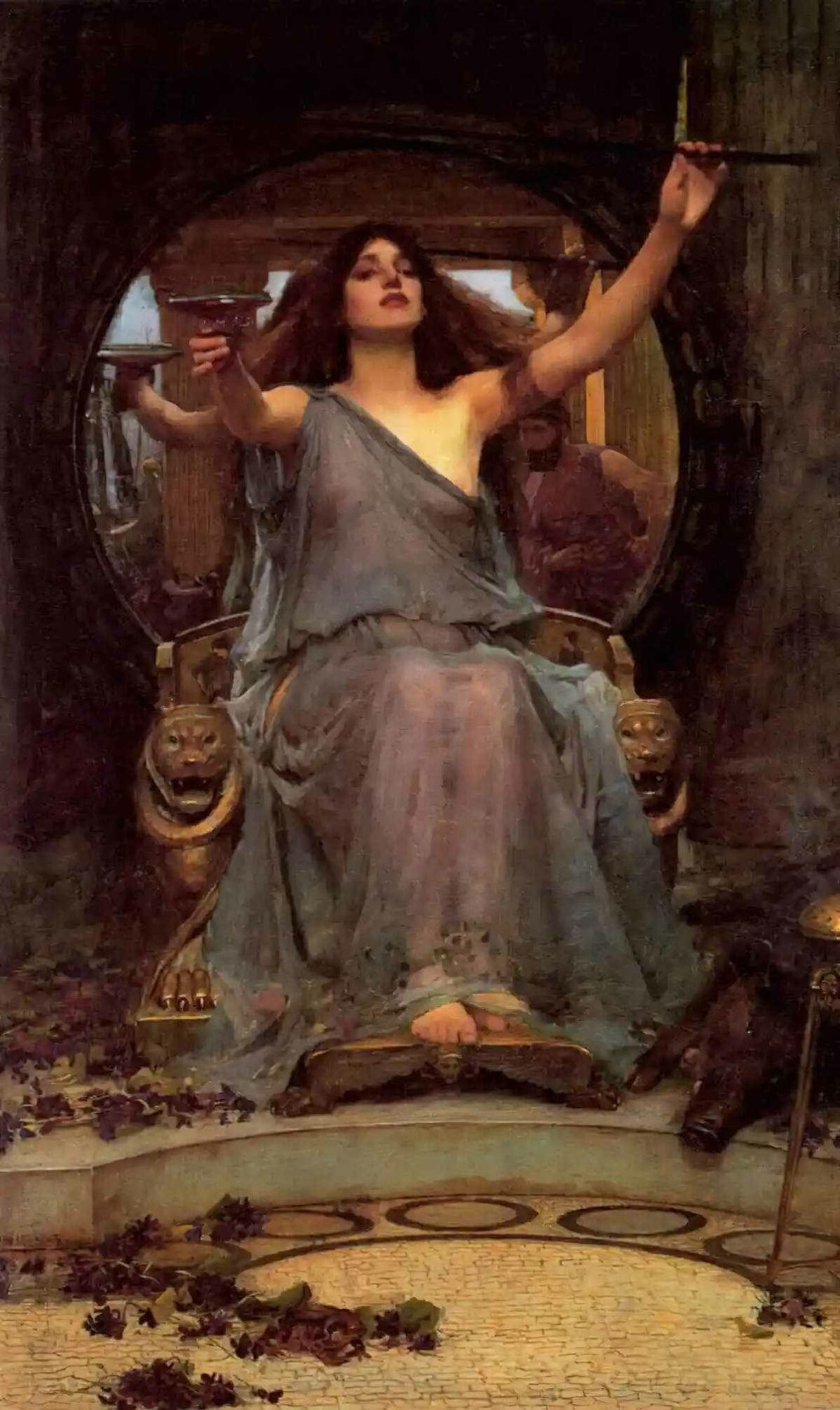
The definition of witch changes over time. The word witch dates from around 800 AD. It originally referred to men who practise witchcraft but 200 years later referred to female magicians and sorceresses. Later it meant women who were meant to cooperate with the devil or other evil spirits.
-
Giants and Ogres In Storytelling
Giants and ogres are central archetypes in the fairytale cast. Though similar, they’re not exactly the same.
-
Westerns, Anti-Westerns and Neo-Westerns

Western is a genre set primarily in the latter half of the 19th and early 20th century in the Western United States, the “Old West”. Before WW2, these stories were a celebration of American expansionism.
-
The Pied Piper of Hamelin: Legend Or Fairytale? Analysis
The Pied Piper is not technically a fairytale. It is at least part legend. Hamelin was a real place, and it is believed that once, in this German town, all of the children really did disappear in a short space of time.
-
Cowboys, Westerns and Lonesome Dove
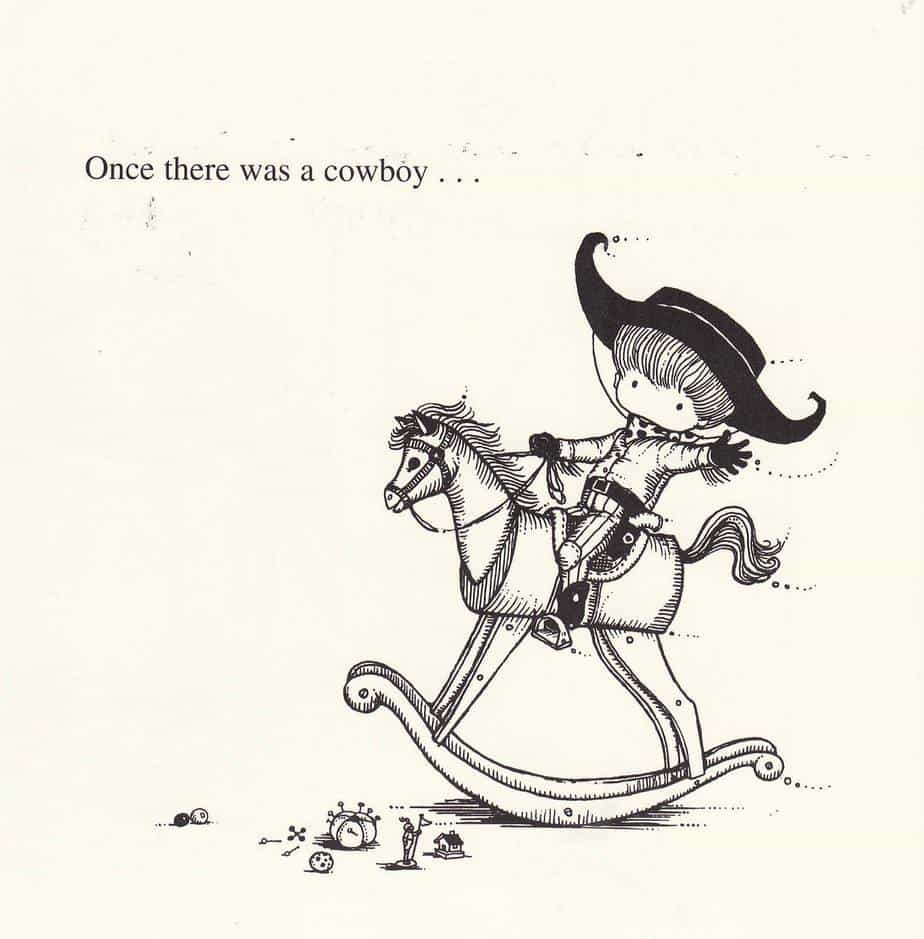
Here’s the premise of Larry McMurtry’s Lonesome Dove: Two Texas Rangers decide to move cattle from the south to Montana running into many problems along the way. CONTROLLING IDEA Detail a legendary journey while including the harsh realities of Wild-Western life to show that the ‘legends’ of the Wild West were ordinary men working in […]
-
Menstruation In Fiction
Menstruation is depicted rarely in fiction. Perhaps you are rattling off half a dozen stories which feature menstruation right now, hoping to prove me wrong. But when you consider the impact of menstruation on lives, and how frequently it occurs, menstruation is heavily underrepresented across storytelling. We need more of it. People going through female […]
-
English Childhood in the 18th and 19th Centuries
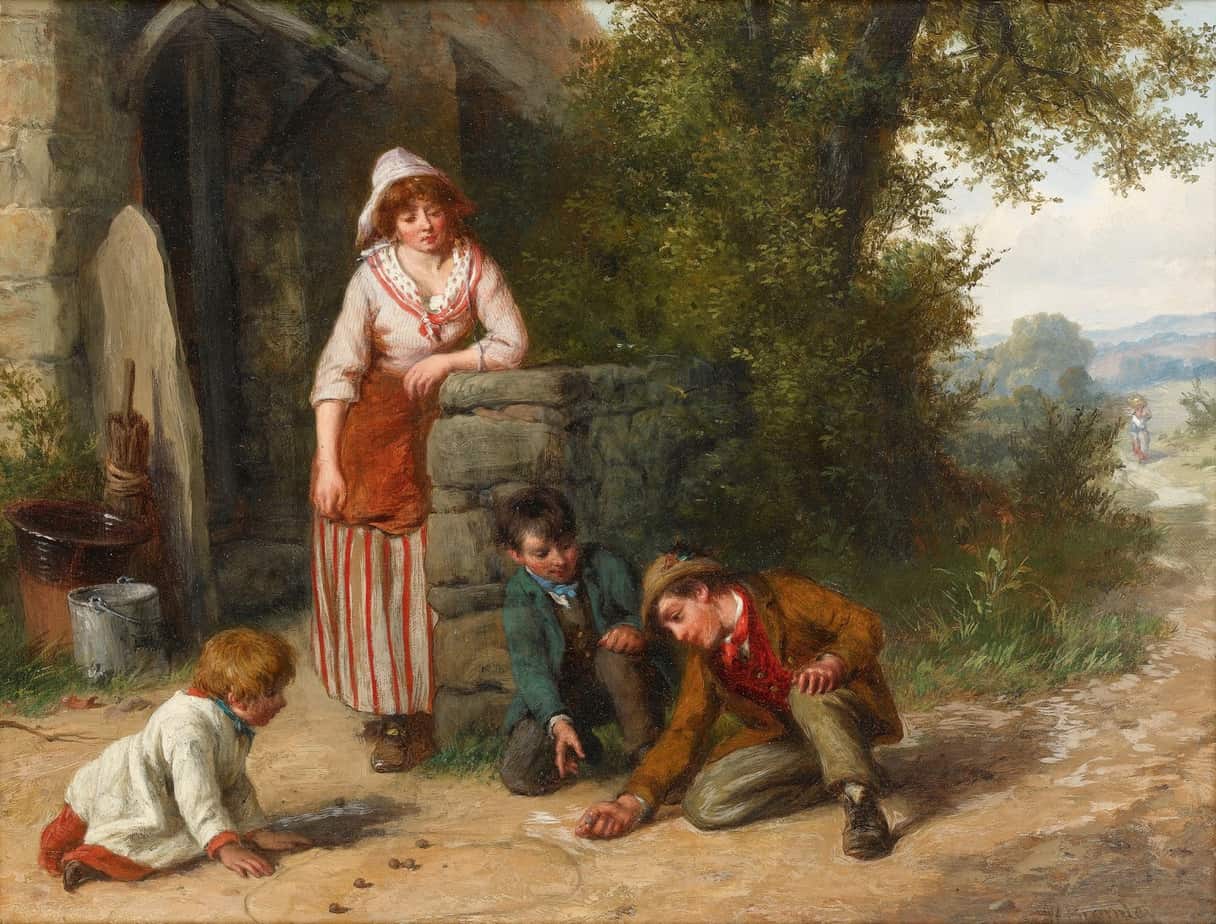
How was childhood different in 18th and 19th century England? The following points describe middle and upper class family life at that time. Children of the rural labouring classes relied for reading material on cheap chapbooks Chapbooks were passed from family to family School library books were all of the “goody goody, Sunday-school prize type” […]
-
The Golden Ages of Children’s Literature
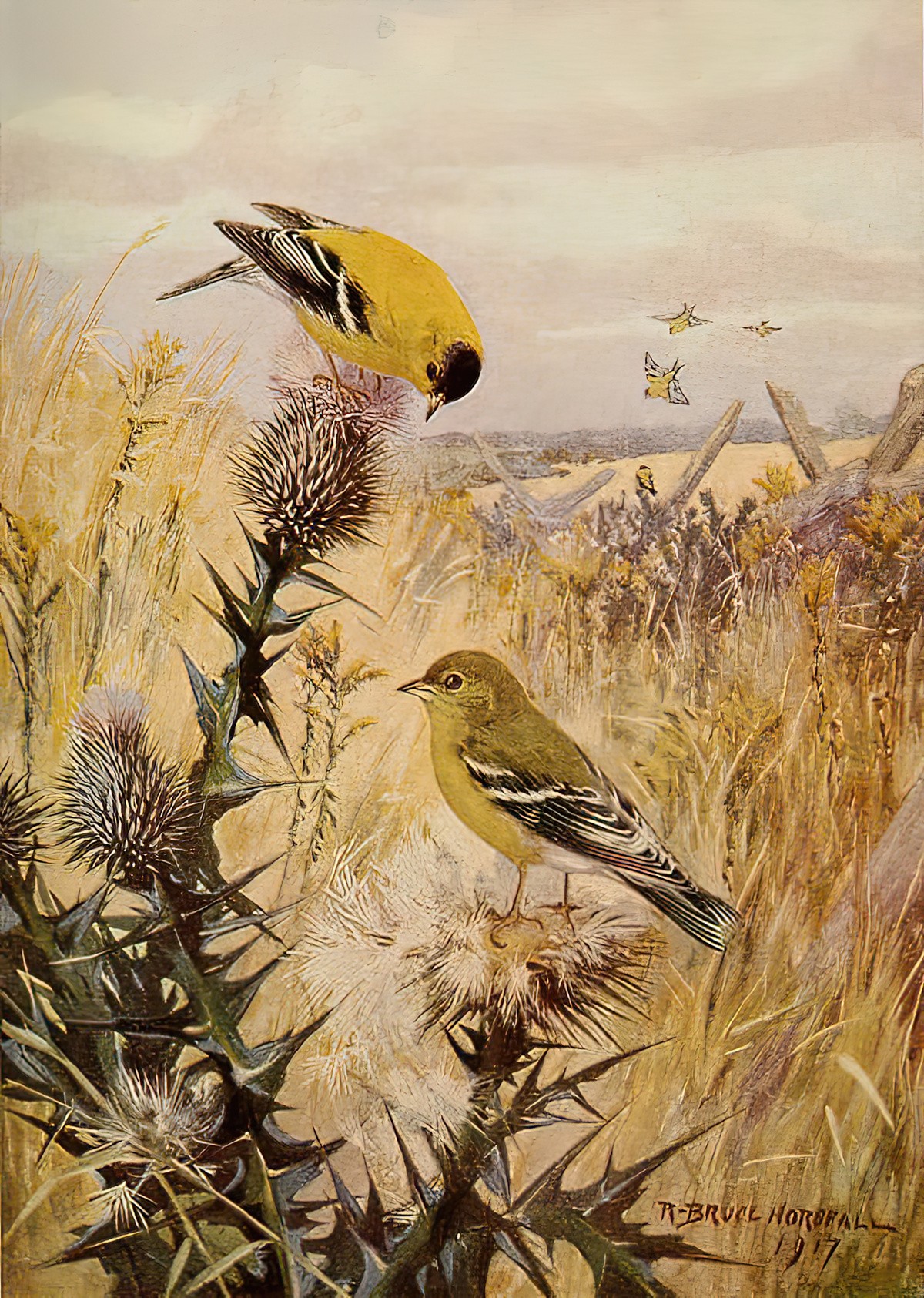
We are now in what’s known as The Third Golden Age of Children’s Literature. Naturally the First and Second Golden Ages came before.
-
The Carnivalesque in Children’s Literature

Carnival: In the Bakhtanian sense, “a place that is not a place and a time that is not a time”, in which one can “don the liberating masks of liminal masquerade”. Victor Turner, Dramas, Fields and Metaphors: Symbolic Action in Human Society, 1974 Children’s literature academic Maria Nikolajeva categorises children’s fiction into three general forms: […]
-
Little Red Riding Hood Fairytale History

“Little Red Riding Hood” is one of the best-known fairy tales. Depending on who tells it, this is a feminist story, or a patriarchal one. Little Red Riding Hood is told to children, but probably features often as a sexual fantasy. Elle avait vu le loup – “She’d seen the wolf” in French means she’s lost her virginity. There are also…